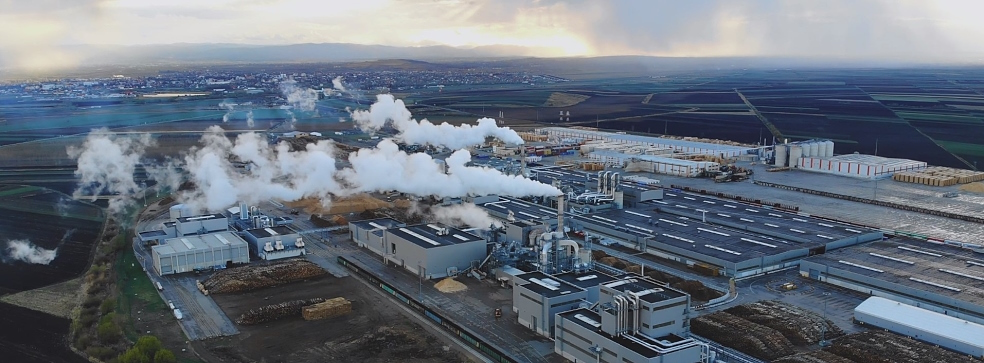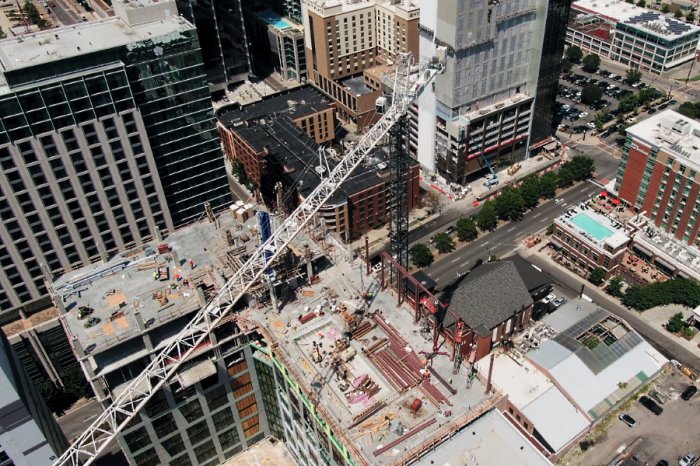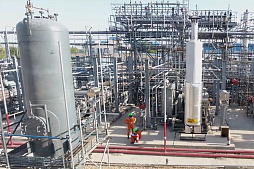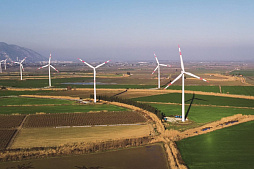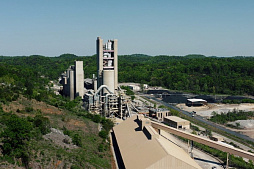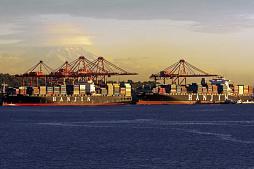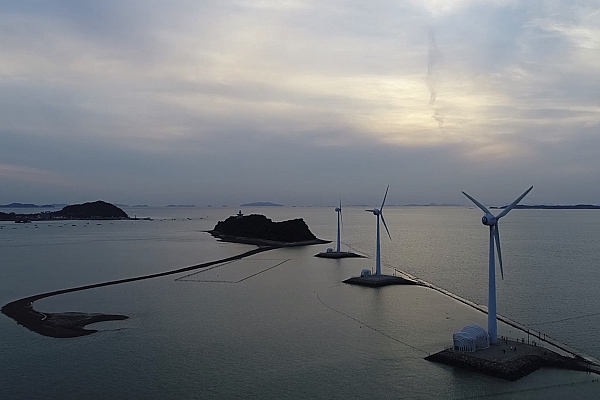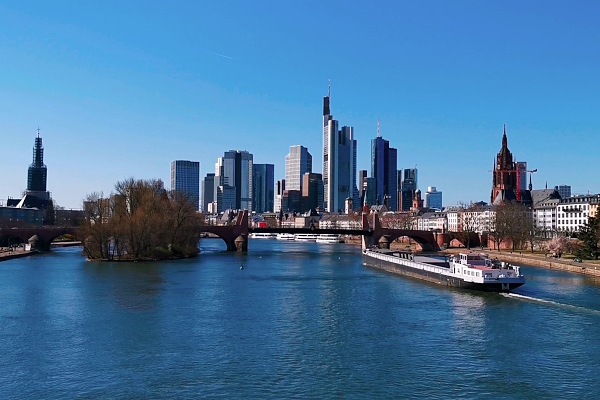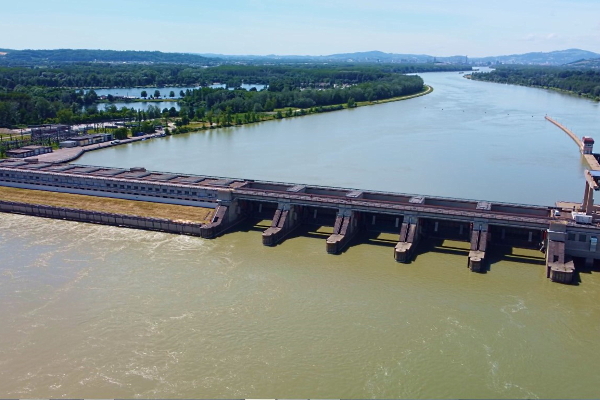After receiving the necessary documents and project presentation, our team will try to review your request as soon as possible, and leading experts will offer the best options for project funding.
These capital-intensive projects convert municipal solid waste into electricity or heat, contributing to a cleaner environment and a more sustainable energy mix. However, the successful implementation of WtE projects hinges on wise project finance strategies.
Technological terrain and lifecycle of WtE projects
Investment projects in WtE area leverage various technologies to transform municipal solid waste (MSW) and other types of waste into energy resources.The choice of technology greatly impacts project economics, environmental sustainability, and overall feasibility.
According to ICLEI, the average WTE facility with an annual capacity of 40 thousand tons of solid waste costs more than $40 million, which equates to $1,000 per ton of annual capacity. At the same time, the capital cost significantly depends on the technology used and the type of object.
Primitive landfill gas capture systems start at a couple of million dollars (less than $1 per ton of annual capacity), while advanced pyrolysis gasification systems typically require investments of tens or even hundreds of millions of dollars (up to $30 per ton of power and even higher)
Table: Most common waste-to-energy technologies
| Technology | Process overview | Financial implications |
| Incineration | Incineration involves burning various waste materials at high temperatures, converting them into ash, flue gases, and heat. | Incineration systems often have high upfront costs but offer efficient energy recovery. Ongoing operational and maintenance expenses must be considered. |
| Anaerobic digestion | Anaerobic digestion utilizes microorganisms to break down organic waste in the absence of oxygen, producing biogas and nutrient-rich “digestate”. | While anaerobic digestion has lower upfront costs compared to incineration, the revenue from biogas production may vary based on market conditions. |
| Gasification | Gasification converts solid waste into synthetic gas (syngas) by using high temperatures and controlled amounts of oxygen. | Gasification technologies can have high capital costs but offer potential for a range of valuable outputs, including electricity, heat, and biofuels. |
The choice of the right technology depends on numerous considerations. Factors influencing technology selection include waste composition, local regulations, energy market potential and dynamics, and environmental impact assessments. Professional financial modeling is essential to evaluate the long-term economic viability of each technology option.
WtE project lifecycle
A comprehensive understanding of the project lifecycle is fundamental for creating an effective Waste-to-Energy project finance model. Each stage comes with its unique challenges, risks, and financial requirements. Let's analyze them in more detail.Table: Key stages of WtE project lifecycle
| Stages | Critical factors | Financial implications |
| Construction site selection | Proximity to waste sources, logistical considerations, environmental impact, and community acceptance are key factors in site selection. | Site acquisition costs and potential regulatory hurdles must be factored into initial financial projections. |
| Feasibility studies | Feasibility studies assess the most important technical, economic, and environmental aspects. They provide data for decision-making. | Investment in detailed feasibility studies is a crucial upfront expense, influencing investor confidence. |
| Design and construction | Detailed engineering and design specifications are developed based on the chosen technology. | Construction costs, labor, and material expenses are significant, requiring accurate budgeting and financial planning. |
| Commissioning | The commissioning phase involves testing equipment, optimizing production processes, and ensuring compliance with safety standards. | Delays in commissioning can lead to increased costs and revenue deferment. |
| Facility operation | Ongoing operations involve waste processing, energy generation, and routine maintenance. | Operational costs, waste supply agreements, and revenue generation strategies are key considerations. |
Financial planning across the lifecycle involves phased budgeting aligned with each lifecycle stage.
A robust risk management strategy also addresses uncertainties and disruptions at each stage. As we can see, large Waste-to-Energy projects demand a nuanced understanding of both the technological landscape and the project lifecycle. Successful project finance schemes require careful professional consideration of these factors to ensure economic viability and long-term success.
WtE project finance: key players and their roles
Waste-to-Energy project today are complex facilities that necessitate collaboration among diverse stakeholders. The successful financing of these initiatives involves the strategic involvement of key players, such as project developers, lenders and investors, each contributing a unique set of advantages, professional skills and resources.Project developers
Typical project developers are the “architects” of Waste-to-Energy initiatives. They conceive, plan, and oversee the project from its inception to completion.Responsibilities of project developers include the following:
• Feasibility studies: Developers conduct comprehensive studies to assess the technical, economic, and environmental feasibility of the project. These studies form the basis for financial planning and investor engagement.
• Permitting and regulatory compliance: Securing the necessary permits and ensuring compliance with local, state, and national regulations are very important responsibilities. Developers navigate the regulatory terrain to streamline project development.
• Initial financial commitments: Developers invest heavily in very early stages, covering expenses related to site selection, studies and permitting. Their commitment demonstrates confidence in the project's viability.
The challenges and considerations that this category of WtE project finance participants have to deal with include effective risk management, high capital requirements and other. Developers must navigate numerous uncertainties in project development, including technological risks, regulatory changes, and community concerns. The initial stages of project development often require substantial capital investment before revenue generation begins.
Investors
Investors are crucial contributors of capital, bringing financial resources and expertise to support the development and implementation of modern Waste-to-Energy projects.Types of investors includes the following:
• Large institutional investors: Pension funds, insurance companies, and other institutional investors seek long-term, stable returns from infrastructure projects like WtE.
• Private equity firms: These entities invest capital in exchange for equity stakes in WtE projects, expecting returns upon successful project development and operation.
• Government agencies: Public funding, grants, and subsidies from government entities play pivotal role in supporting waste management initiatives, especially in aligning with broader environmental and energy policies.
Responsibilities of these parties cover capital injections and risk sharing. So, investors provide the necessary capital to fund project development, covering expenses such as technology procurement, construction, and operational startup. Investors share the financial risks associated with WtE projects, demonstrating confidence in the project's potential returns.
Investors face high capital return expectations and the need to conduct thorough due diligence before committing funds to municipal waste treatment and energy generation projects.
They seek returns that align with their risk tolerance and financial expectations and balancing these expectations with project viability is crucial. Thorough due diligence on the part of investors involves assessing project risks, financial projections, and the overall business plan.
Lenders
Large financiers, usually represented by commercial banks and financial institutions, play a vital role in providing debt financing to bridge the gap between project development costs and investor contributions.Typical responsibilities of lenders under WtE projects:
• Debt financing: Financiers offer loans and alternative mechanisms to cover a portion of the project's capital requirements. The terms, interest rates, and repayment schedules significantly influence overall WtE project economics.
• Risk mitigation: Financiers conduct their own risk assessments and due diligence to ensure the project is financially sound and capable of repaying debt obligations.
Challenges and considerations for this group of participants include establishing optimal loan terms and interest rates, as well as collateral and security. The cost of debt, interest rates and repayment terms, can impact the financial feasibility of the project. Financiers often require collateral or other security measures to mitigate risk, adding another layer of complexity to WtE project financing.
Close collaboration between project developers, investors, and lenders is fundamental to the success of Waste-to-Energy initiative. Each player brings important contributions, including experience, skills, business networks and resources to organize flexible project finance schemes, ensuring the sustainable development of WtE facilities of different scale.

Financial parameters: CAPEX, OPEX, and revenue streams
Waste-to-Energy plants demand meticulous financial planning to ensure economic viability, sustainability, and attractiveness to investors. Key considerations encompass Capital Expenditure (CAPEX), Operational Expenditure (OPEX), and the identification of reliable revenue streams.Capital expenditure
The upfront costs associated with acquiring the chosen WtE technology, whether it's incineration, anaerobic digestion, or gasification. Expenses related to building all the necessary infrastructure, including the waste processing facility, power generation systems, and project-specific structures. Costs such as permits, legal fees, land acquisition, and engineering studies contribute to CAPEX.Managing and optimizing CAPEX:
• Technology selection: Choosing a technology that aligns with the specific project's goals and economic feasibility is critical. Each technology has varying capital requirements and long-term cost implications.
• Project design efficiency: Implementing efficient and streamlined designs can help reduce construction costs and minimize potential overruns.
• Risk mitigation: Identifying and mitigating risks early in the project lifecycle can prevent unexpected costs and delays.
Operational expenditure
OPEX includes ongoing expenses associated with the regular upkeep of the WtE facility, such as equipment maintenance, repairs, and replacement. It also includes all expenses related to staffing, training, and managing personnel involved in the day-to-day operations of the facility.Costs associated with securing a reliable and consistent supply of municipal solid waste feedstock for the WtE process, as well as expenses related to adhering to environmental regulations, safety standards, and other compliance requirements also belong to this group.
Predicting and controlling OPEX:
• Proactive maintenance strategies: Implementing preventive maintenance measures can extend the lifespan of equipment and reduce the frequency of repairs.
• Efficient waste supply chains: Establishing efficient waste supply chains ensures a steady and cost-effective flow of waste feedstock to the facility.
• Continuous monitoring and optimization: Regular monitoring of operational processes allows for adjustments to enhance efficiency and control costs.
Revenue streams
Revenue streams are central to organizing Waste-to-Energy project finance schemes by attracting investors with predictable income from electricity / heat sales, government incentives, and potential carbon credits. These streams, backed by solid contractual agreements, also play a pivotal role in securing favorable financing terms and mitigating risks, contributing to the success of the project.Understanding revenue streams:
• Energy sales: Revenue generated from selling the electricity or heat produced through the WtE process to the grid or specific consumers.
• Government incentives: Financial support provided by governments in the form of feed-in tariffs, tax credits, grants, or other incentives to promote WtE projects.
• Carbon credits: Depending on the project's environmental impact, the sale of carbon credits in emissions trading markets can contribute to revenue.
Analyzing and securing reliable revenue streams in WtE projects:
• Contractual agreements: Long-term power purchase agreements (PPAs) or waste supply contracts provide revenue predictability and enhance investor confidence.
• Diversification: Exploring multiple revenue streams, such as combining electricity sales with the sale of recovered materials or by-products, can mitigate risks.
• Market analysis: A thorough analysis of energy markets, regulatory frameworks, and potential changes in government incentives helps in accurately projecting revenue.
Waste-to-Energy initiatives present a compelling solution to waste management and energy needs.
Successful project finance schemes requires perfect understanding of technological, financial, and regulatory factors affecting these initiatives and their business environment. A strategic approach ensures their sustainability and attractiveness to investors and stakeholders alike.
If you need a reliable financial company that will help you raise capital and develop the optimal financial model for the construction of a WtE plant, contact GCAM Investment Group for advice.
Our experience in financing large projects, coupled with advanced financial practices and business contacts, will take your project to a new level of efficiency.



